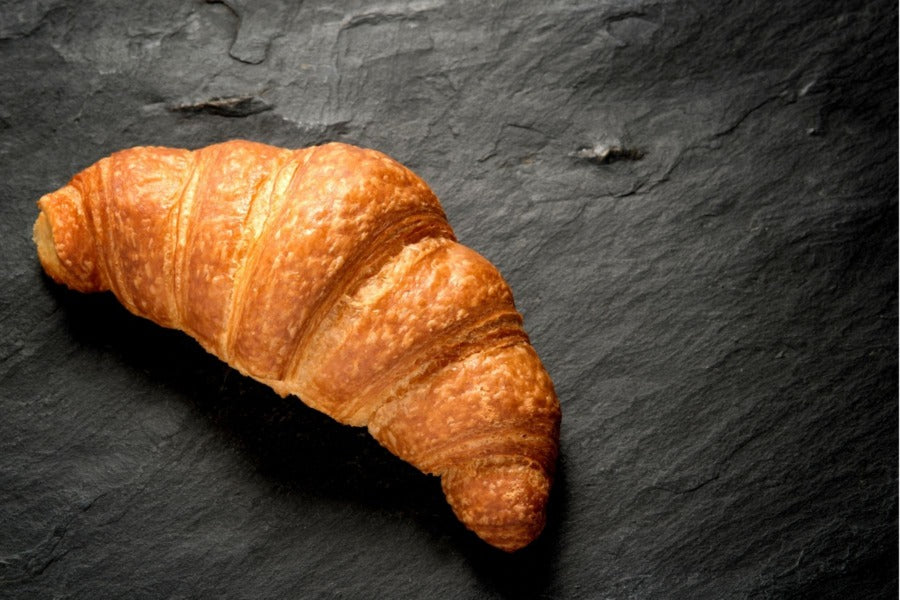Chocolate Easter eggs are traditional sweets that have an ancient and significant history. Originally, the tradition of Easter eggs has roots in pagan holidays that celebrated the arrival of spring and the renewal of nature after winter. Eggs were considered symbols of fertility and rebirth, and were exchanged and given as gifts as a wish for prosperity.
With the advent of Christianity, the tradition of Easter eggs was incorporated into the religious context. During the period of Lent, which is the period of spiritual preparation before Easter, Christians used to abstain from consuming eggs and meat. The eggs collected during this period were preserved and decorated, and then consumed at Easter as a sign of joy and rebirth following the resurrection of Jesus Christ.
The tradition of giving chocolate Easter eggs, as we know them today, originated in the 19th century. Initially, eggs were made of different materials, such as sugar or marble, but over time, chocolate became the preferred material for making them. Chocolate, at the time, was a luxury that only a few could afford, so giving a chocolate egg as a gift was a gesture of great generosity and affection.
Today, chocolate Easter eggs have become a central element of Easter celebrations in many countries around the world. They come in a wide range of sizes, shapes and flavours, with milk, dark or white chocolate varieties. Some eggs are decorated with intricate patterns or cartoon characters to attract the attention of little ones.
Chocolate Easter eggs represent a moment of joy and sharing, where people come together to celebrate Easter and exchange wishes of happiness. They are a symbol of rebirth, hope and abundance, which brings sweetness and joy to the homes of many families during this holiday.
In conclusion, chocolate Easter eggs have a rich and significant history that dates back to ancient pagan traditions and evolved in the Christian context. Today, they represent a sweet symbol of joy, rebirth and sharing during the Easter holiday.
Read also..
Croissants, brioches, croissants
Easy to get confused, isn't it? These three delicacies have one thing in common, besides their goodness: the shape! But they are very different, in terms of ingredients, processing complexity, final result and uses. Among these three, croissants are the...





Share:
The Easter Dove, a bit of history
Easter, origin and tradition